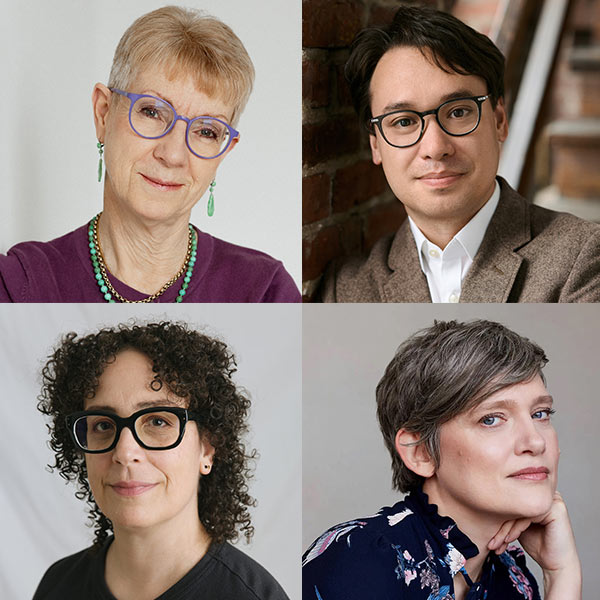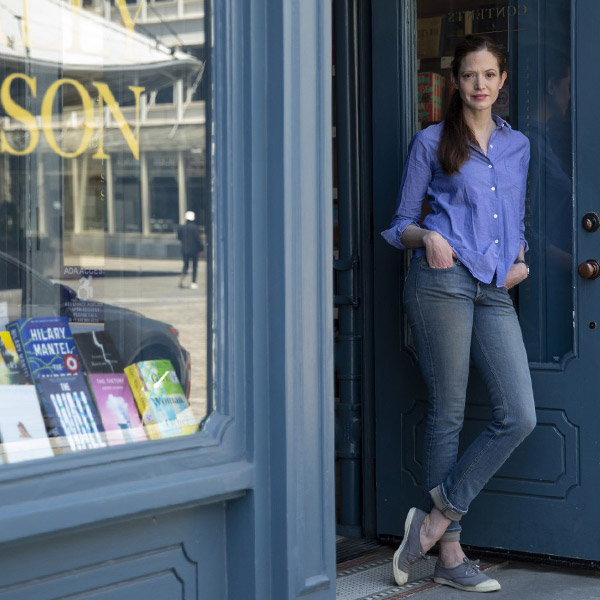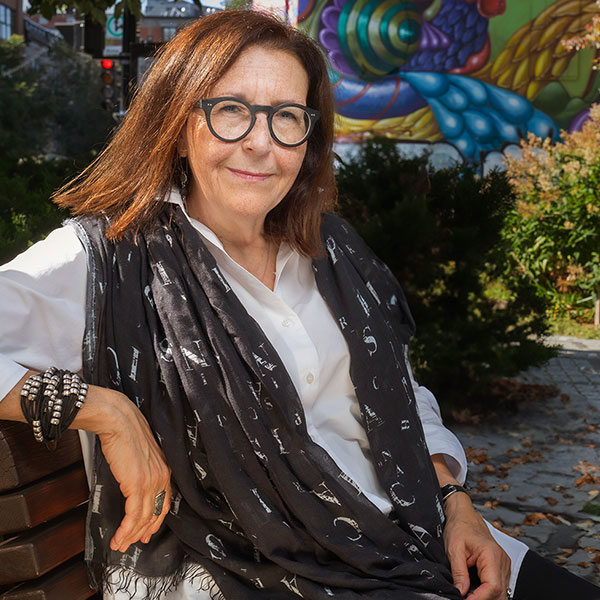Andy Warhol couldn’t be trusted. Biography was bound to be banal, he believed, and in life as in art there was nothing he hated more than the clichés of the commonplace.
His extraordinary career was an ever-changing act of radical self-creation, and little that he said about himself could be taken at face value. The bewigged, shades-wearing, celebrity-courting recluse may have remade himself into the most famous artist of the 20th century, but he was also, deliberately and by design, the most elusive.
You’d think a biographer who’s just spent seven years unravelling the tangled truths about the real Andy Warhol, the awkward immigrant kid from Pittsburgh who struggled to turn himself from a middling commercial designer into an art-world superstar, would sound frustrated by the traps his enigmatic subject set in the way. But for Blake Gopnik, BA’88, this compulsion to remake a conventional life story is essential to Warhol’s strange artistic genius.
“He just couldn’t stand doing something that had been done a million times by anyone, including himself.”
It’s part of an artist’s job description to make things up. An investigative biographer, however, needs both patience and a discerning respect for the deceptive trivialities of the past.
Going far beyond the caricatures that Warhol constructed to throw his profilers off the scent, Gopnik completely immersed himself in the artist’s many past lives – sorting through hundreds of boxes warehoused at The Andy Warhol Museum in Pittsburgh, reading some 100,000 documents, talking to 260 friends, colleagues, acquaintances and lovers of the seemingly aloof artist, and probing a lifetime of creations that went far beyond Campbell’s soup cans and Marilyn Monroe portraits (including Warhol’s eight-hour silent, static film of the Empire State Building, which he watched in a single sitting).
The result of that deep and disciplined research is Warhol, a 900-page life story of compelling detail that will make even Warhol skeptics appreciate the workaholic artist’s lifetime of successfully engineered transformations. But Gopnik went much further in his assessment: He had no trouble saluting his fellow Manhattanite as a genius equal to Michelangelo and Rembrandt. Some early reviewers in Britain were appalled – Gopnik’s position seemed a breach of cultural etiquette, a confusion of fame with merit.
“It never occurred to me that anyone would think this was in any way controversial,” Gopnik now says. “Among art historians, it’s accepted that he’s a giant. He transformed everything there is to say about art – if that doesn’t qualify as great, I don’t know what does. Until Warhol, artists were mostly makers of handmade exquisite objects. With Warhol, all that gets exploded. In fact, you can never be quite sure what he’s all about, what his intentions are, what he means – indeterminacy is his great art supply.”
Most reviews of the book have been full of praise – adjectives like “superb” (The Guardian), “sweeping” (The Washington Post) and “rollicking” (The Telegraph) have been thrown around. “Warhol lived one of the great lives of the 20th century, and he now has a biography worthy of that life,” concluded The Los Angeles Times.
Gopnik is never short of confidence in his judgments – a quality honed in his joyful Montreal childhood where the talk around the family dinner table “was more like an Oxford seminar than anything else.” His parents, Irwin and Myrna, were both prominent professors at McGill. His five siblings, all fellow McGill alums, include Adam, a longtime staff writer at The New Yorker, Alison, a professor of psychology at the University of California at Berkeley, and Hilary, director of Monash University’s Centre for Ancient Cultures.
He studied Latin independently even before completing high school at 14, then designed his own medieval-studies program as a McGill undergraduate with a passion for archival burrowing, which led to an Oxford doctorate in the philosophy and psychology of representation in Renaissance art. Gopnik then made his mark as a highly opinionated art critic and commentator, first for The Globe and Mail and then for The Washington Post and Newsweek.
When Newsweek folded, Gopnik found himself, as he says, “available.” A good Warhol biography was lacking, and he optimistically believed that with his archival talents he could do justice to the artist’s life. “If someone had told me what actually would be involved in writing the book,” he now says, “I’m not sure I would have had the courage to take it on.”
Gopnik traces his attentive research skills to the mentoring he received from McGill historians Nancy Partner and Faith Wallis. “They gave me the most amazing training in reading obscure lives of the saints, what appeared to be completely intractable sources, and squeezing out really interesting information about medieval life. When it came to Warhol’s bizarre archives of restaurant receipts and movie-ticket stubs, I felt like I could use the same skill for taking useless-looking documents and making them speak, even sing.”
Gopnik likes to refer to Warhol as “a genius sponge” – someone who soaked up every aspect of culture, from highest to lowest (including a guest-starring role on The Love Boat!), in a life that never conformed to ivory-tower standards of genius. “I’m willing to attribute genius to anyone sufficiently strange in a coherent way,” he says. “It’s not random variability – he’s in control and presents very deliberately as strange.”
Biographers are invariably twinned with their subjects, but Gopnik at first resists kinship. “I was a happy-go-lucky kid, without any of the anxieties that Warhol had.” Born in Philadelphia where his parents were doing graduate work, he spent much of his infancy in art galleries – “My parents couldn’t afford babysitters” – and believes he toured Warhol’s first-ever museum survey as a two-year-old.
A family vacation to Expo ’67 prompted a move to Montreal, where the Gopniks took over the largest apartment at Habitat – de Gaulle was a previous occupant. Young Blake was already obsessed with history and spent his days cycling around the housing complex dressed as a medieval knight. “I wore a tunic and tights, my grandmother knit me stage chain mail, I had a Prince Valiant haircut and attached a home-made lance to one arm and added a yarn horse’s tail to my bike.”
Teenage years for someone who describes himself as “the class nerd par excellence” were more challenging, and he acknowledges that his status as a precocious aesthete bonded him to Warhol. “Even though I’m not gay, I was always attacked as a gay kid at school because I was not the average macho kid. So that did resonate with me, what it is to be an outsider.”
Determined not to be an academic like his parents, he became a commercial photographer before returning to the McGill fold as a mature student, unable to resist the pull of deep research that would ultimately connect the lives of medieval saints with the life of a modern master.
“I couldn’t have been more challenged, I couldn’t have worked harder, I couldn’t have been asked to work harder,” he says with rising emotion. “Every time I said, I want to do this because I think it will be fascinating, they said, ‘Go for it.’ My education made the book what it is.”


